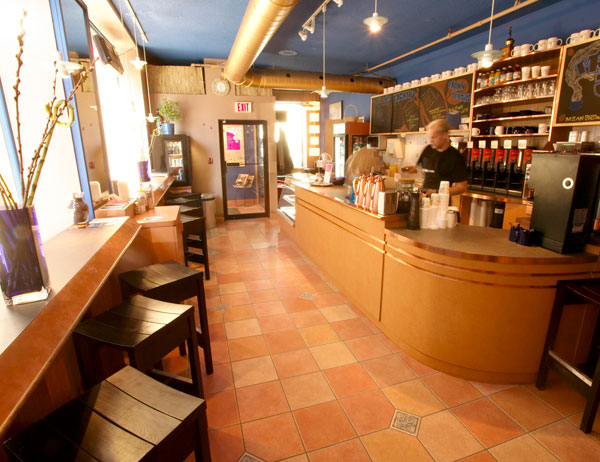During the height of the recession a year and a half ago, I was really concerned about the future of fast casual. Before the downturn, the rise in home prices, easy credit, a growing economy, and consumers’ growing desire for luxury goods of all types had combined to fuel the amazing growth story that has been fast casual over the last decade.
Virtually overnight, conditions changed and talk of a “new normal” in consumer spending took over. Although things looked bleak then, I am happy to say that the future of fast casual is very bright.
As someone who loves data, I have spent countless hours reading every piece of industry research and macroeconomic data I could get my hands on. Research firms use different definitions of the segment which makes definitive numbers hard to come by, but the research firm Mintel estimates that the fast-casual segment will account for $23 billion in sales in 2010 which is up 29 percent since 2006. At current prices, Mintel predicts 5 percent growth per year over the next few years.
Furthermore, the market is far from being saturated with locations or dominated by large chains unlike the segments immediately below and above ours. While it would be virtually impossible to start and build up a new quick-serve or casual-dining chain, the door is wide open in fast casual. In addition, two of the three largest chains—Chipotle and Panera—are far from having their systems completely built out. There is lots of room for new and smaller players, as the number of bakery/café concepts will attest.
More importantly, consumer demand for fast-casual dining is not fully met yet. Consumers may not have the easy credit or the home equity they used to have, but their inability to purchase large luxury items and new homes has actually caused them to crave little luxuries even more than they did before the recession. Homes measuring 10,000 square feet may be out of the question, but a $10 high-quality, fresh meal served in a great atmosphere is not. This allows consumers to feel good about themselves via splurging on small luxury items.
Economists and industry pundits inevitably focus on the monetary aspects of the value proposition during bad economic times, but the psychological aspects may be far more important. Value in fast casual comes from the quality of the food and the experience and how that makes consumers feel about themselves. Frequent quick-serve users can feel great picking a fast casual, and casual diners can trade down without feeling bad often with an improvement in food quality. Each group winds up feeling better about themselves.
The recession was bad and the recovery will be long, so allowing consumers to merely feel better in even a small way is an amazingly powerful benefit. Some operators see fast casual as just a different food delivery method, but these people misunderstand the allure of the segment and the reasons for its success.
According to a recent study released by Morgan Stanley, many consumers eat at fast-casual restaurants only 2–3 a month. The company estimates that an increase in visit frequency of just once a year would increase traffic by 4 percent. According to the study, one of the main things holding back consumers is simply the availability and convenience of locations, which will change as the segment grows.
My advice to entrepreneurs, possible investors, investment and commercial bankers, and private equity shops is to get in to fast casual now. The segment is still the future with years of growth to come. Quite simply, it is positioned in the right place at the right time as we recover economically.
According to Technomic, only 35 of the top 100 fast-casual chains have more than $100 million in sales with the No. 100 chain experiencing less than $20 million in annual sales. Fast casual may be seen as a niche play, but a small piece of a huge market is still huge. Even without the mass market of quick service and consumers multiple weekly visits to those restaurants, the best and greatest years for fast casual are yet to come.











